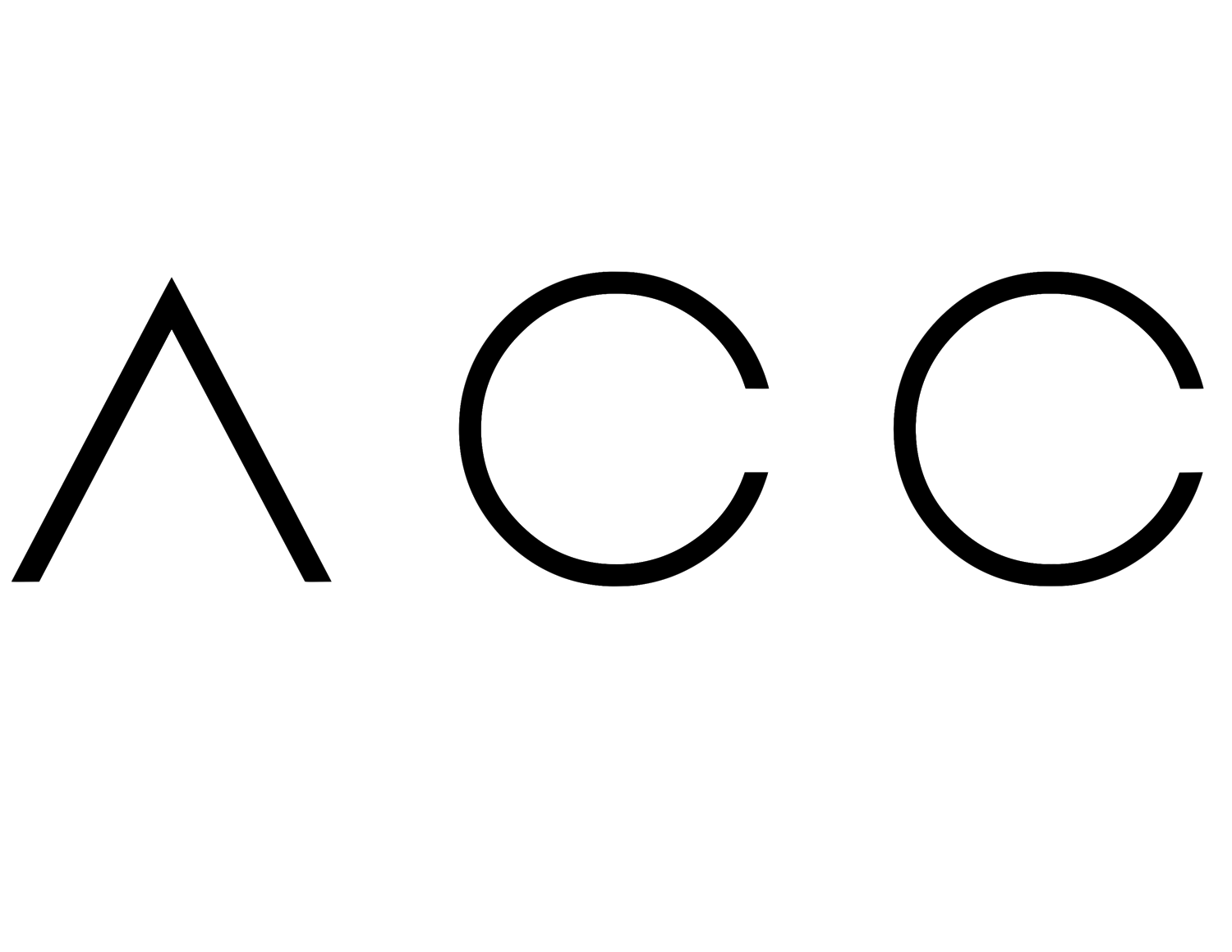THE MARTIANS : The Cuban Narrative Revisited, From its Closest Satellite
The Martians is a hybrid audio-visual experience that tells us the story Cuba and its Diaspora by capturing 60 individual stories. These narratives take us from the 1950s into the present, leading us toward, and defining, the current moment in Cuban history as a pivotal one, which affects the global tapestry, the present as we know, and the future we cannot yet tell.
The title is derived from Jose Marti, the great patriot poet that most Cubans, no matter where they are, use as a referent for independence and freedom of thought. We, as Cubans, often call ourselves “Martianos,” which would translate into “Alien” or “from Mars” in English. This, too, plays upon the refugee as “Alien,” and “other.”
The Process:
We, Abre Camino Collective, along with Sandra Rodriguez Bicknell, conducted 60 interviews, which we recorded. These stories tell the narratives of doctors who created rafts in their homes in order to leave the island; of people who ran radio stations from Miami in the hopes of reaching their Cuban brothers and sisters on the island; of people who navigated the Florida Straits during the Mariel boatlift to pick up family, in order to come back dejected and empty handed. It is the story of members of the current San Isidro Movement, which lead to the globally recognized protests of July 11th, 2021 and those that ensued. And so many others.
Once the interviews are conducted and recorded, we, as a collective, discuss the story and its elements in order to create what we call an “installation” – an symbolic and “mythical” environment made real, in which we place the subjects in order to create their portrait.
These portraits, therefore, take back the narrative through storytelling, both the world created by the artists who are themselves Cuban, and the subjects themselves, whose voices we hear when we experience the portraits (literally, the audience is invited to listen to the edited audio). In addition, in the exhibition, we also show pieces of the installations.
Together, these portraits and stories, retell the Cuban narrative, not from the outside in, as it’s so often been told, but from the inside out. Even the curatorial hand and POV is Cuban.

